By Gary Tomlin
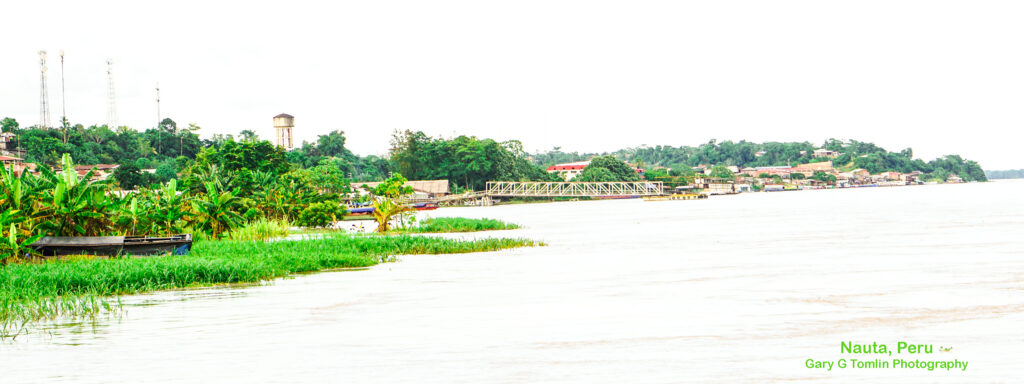
NAUTA, PERU — The Ucayali and Marañon Rivers merge together here and become the Mighty Amazon. It’s the place where native Kukama dissidents chose to resettle in 1830, after fleeing from their home in Lagunas, following an uprising against their Jesuit overlords. The first Brazilian steam boat to navigate all the way up the Amazon arrived twenty-three years later, and the village became a hub for transportation and trade. The only highway built, so far, in the Peruvian Amazon basin, terminates here. Nauta is the heart of Amazonia.
It’s a no-frills, hard-working, blue-collar home to people who make a living from the rivers –
boatman, fisherman, cargo haulers, traders, and more recently hospitality entrepreneurs and workers.
Nauta’s port drives two significant economic engines: trade and tourism.

The Nauta Market is extensive and legendary. It is nine square blocks (3×3) of shops that sell the high volume things for every day living: shoes, clothes, household goods of kitchen ware, cookware, cleaning supplies, brooms, mops, plastic containers, and hygiene products. Its parameter is tables and stalls offering fresh produce and meats.
In recent years the government built a 60-mile long highway, that cuts through the rainforest and connects Nauta to the City of Iquitos. As the only road in the basin, it is called simply and accurately, “The Road.”
The Road connects them to the half million people who live in Iquitos and the only international airport in the region. Nauta supports the growing tourism industry, and is an entry point to
10,000 square miles of Nature Preserves. Upstream the Pacaya-Samiria Reserve lies between the Ucayali and Huagalla Rivers; the Tamshiyacu Tahuayo Reserve is downstream on the Amazon, and the Allpahuayo-Mishana Reserve is on The Road.
Starting from here, visitors can immerse themselves in the rainforests on any budget from $50 a day to $500 a day depending on their need for comfort and balanced against their desire for adventure.
There are a few tour companies with concessions in the forest who have built their own lodges with four-star amenities. There are rustic camps without electricity or plumbing that are maintained by the park service. Tour operators provide transportation and accommodation to those camps.
The thing about the disparity of wealth, in terms of how it relates to the tourists — well it rains equally on everyone.
I was walking through the market on Sunday morning and came to an Apostolic Church. The sign said service would start at 10:30 on Domingo, and it was 10:10 on Domingo. I went in and asked if I may join them in worship and was warmly welcomed. Language was impossible, and I was not blessed with the gift of tongues.
The message escaped me completely, but Spirit of worship is not dependent on words, and I was spiritually fed by stopping there for an hour.
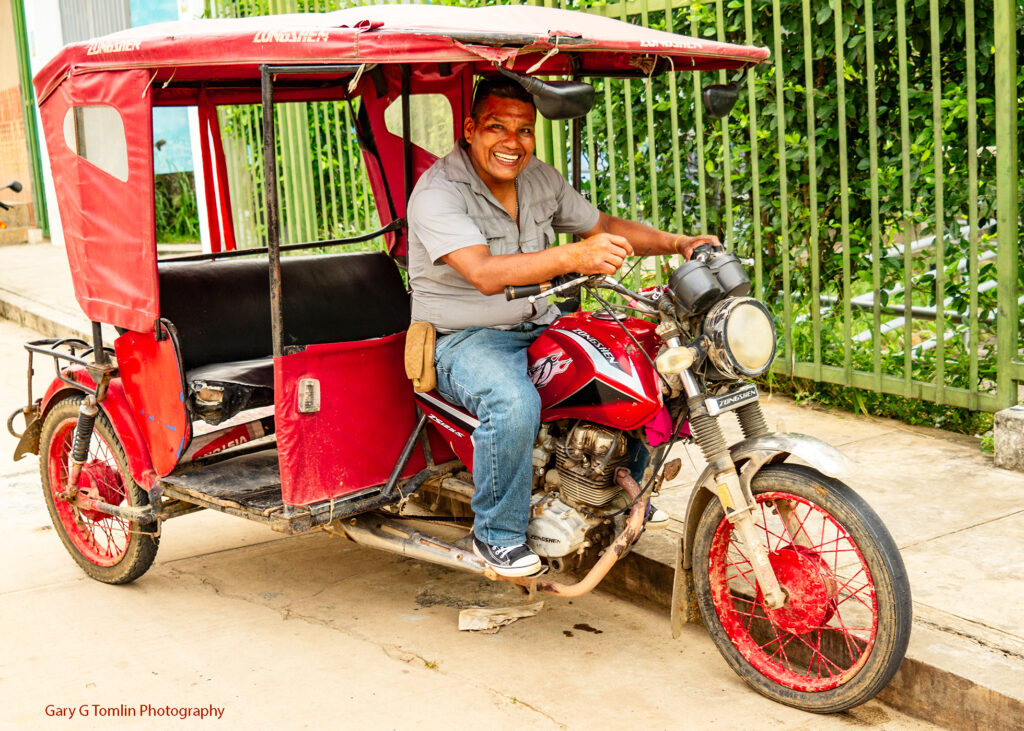
Later in the afternoon, Liber Pacaya, a tuktuk driver, agreed to take me around the city. He took me to see the panoramic view from the bluffs, to life-up-close in the neighborhoods of modest homes, and the more cultural sites of the Lagoon Park and public spaces.
I have developed a Quality of Life indicator in evaluating conditions of developing countries. I call it the Fat Mama Test: if the mothers are packing a few extra pounds that means all of the children are getting enough to eat. Both Peru and Ecuador pass this test. I saw no destitution or starvation anywhere in either country.
There are children everywhere. Gutsy, curious, energetic, well fed, happy children. It’s not a stretch to call them, “Free-range.” I don’t take their photos, but they rock my photographer’s eye.
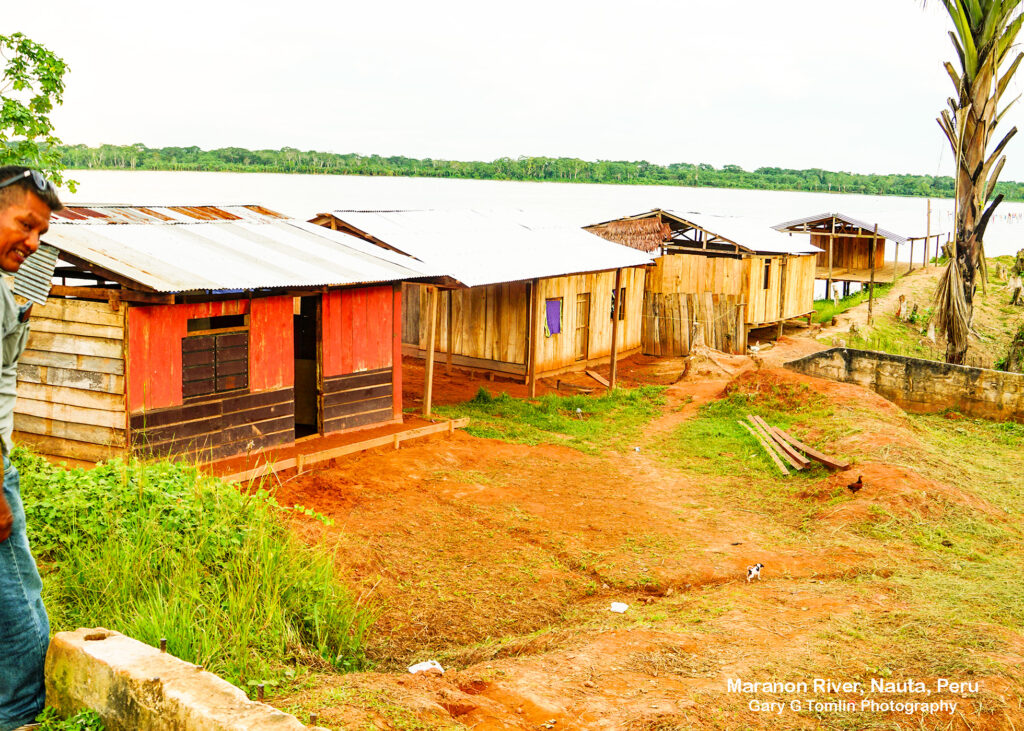
I planned to travel in the morning, and I ask Liber to stop at a little grocery store to buy some road food. My standard road fare is a liter of water, couple of fruits, a small package of cookies, some nuts and a few rolls (nearly all the shops offer fresh bakery goods). Liber took it upon himself to negotiate the transaction, and I was out the door for about three bucks.
My next destination is the José Álvarez Alonso Biological Station, of the Research Institute of the Peruvian Amazon. It’s up The Road about halfway to Iquitos. Their business model is to rent facilities to research groups. College professors will bring their grad students for a couple of weeks of rainforest research. However, if they have extra capacity they will rent rooms to the general public. These are the kind of people I would prefer to hang, and I’m hopeful they will have a place for me to stay a few days.
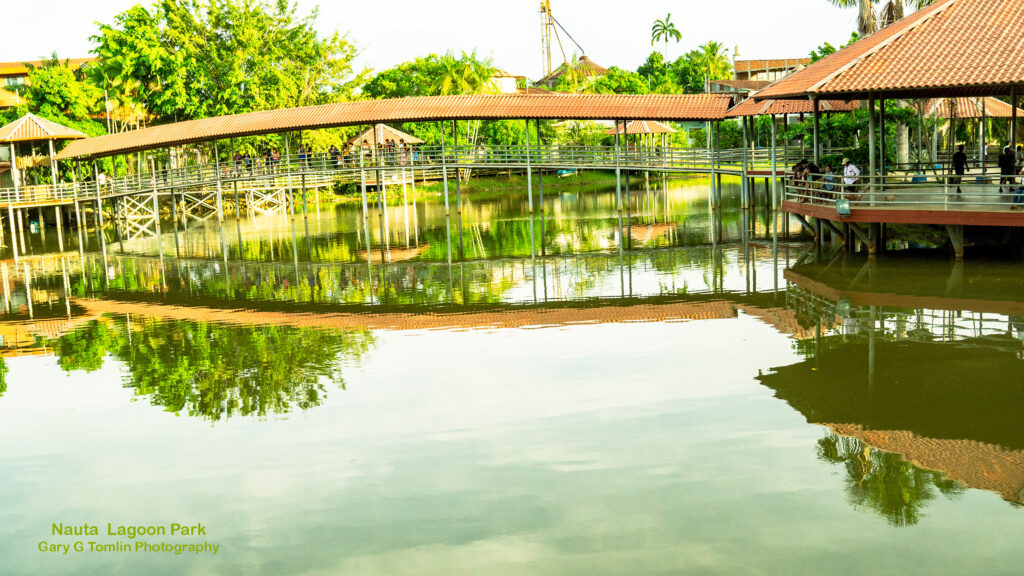
# 30 #

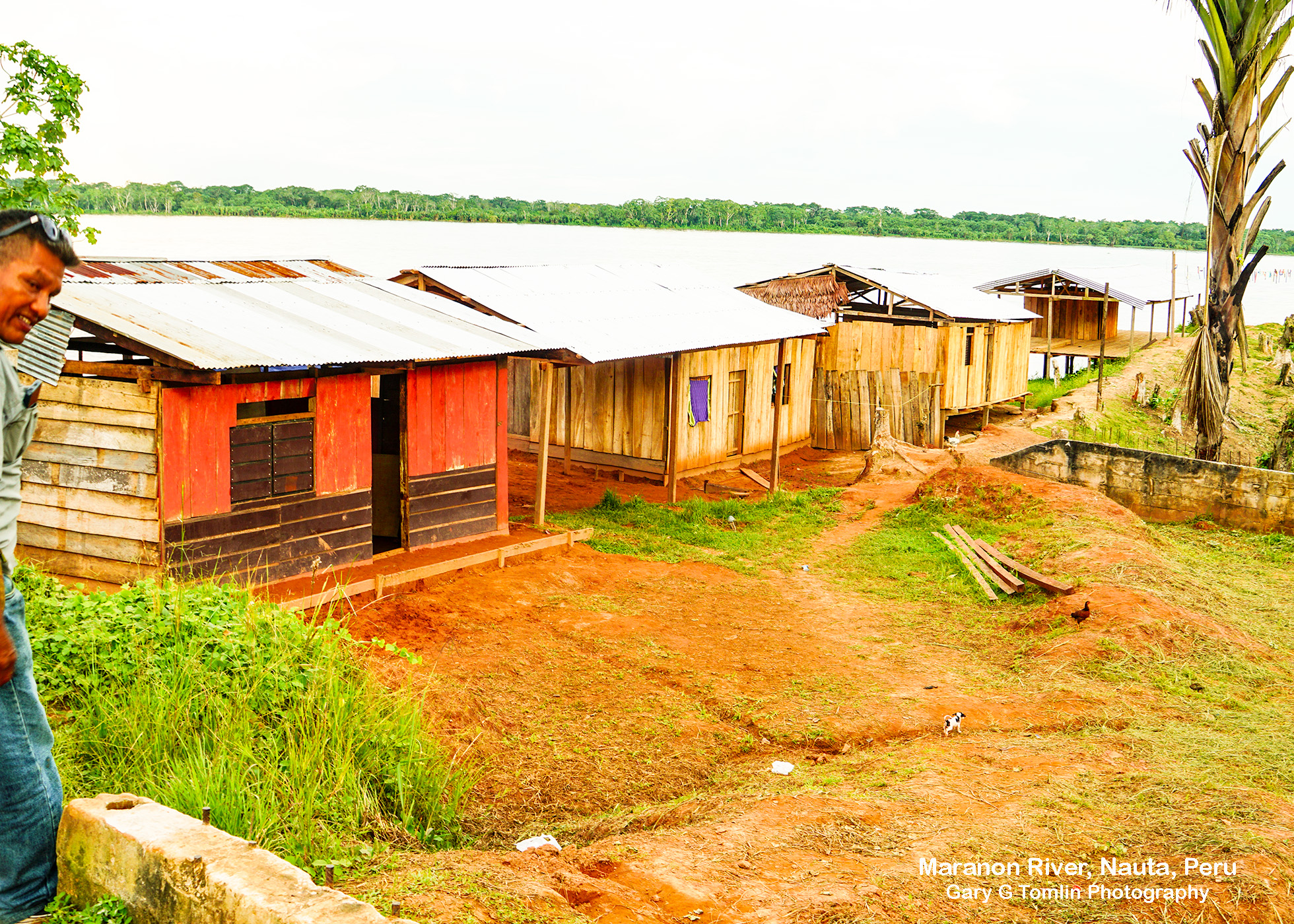
Leave a Reply to Neil Cancel reply